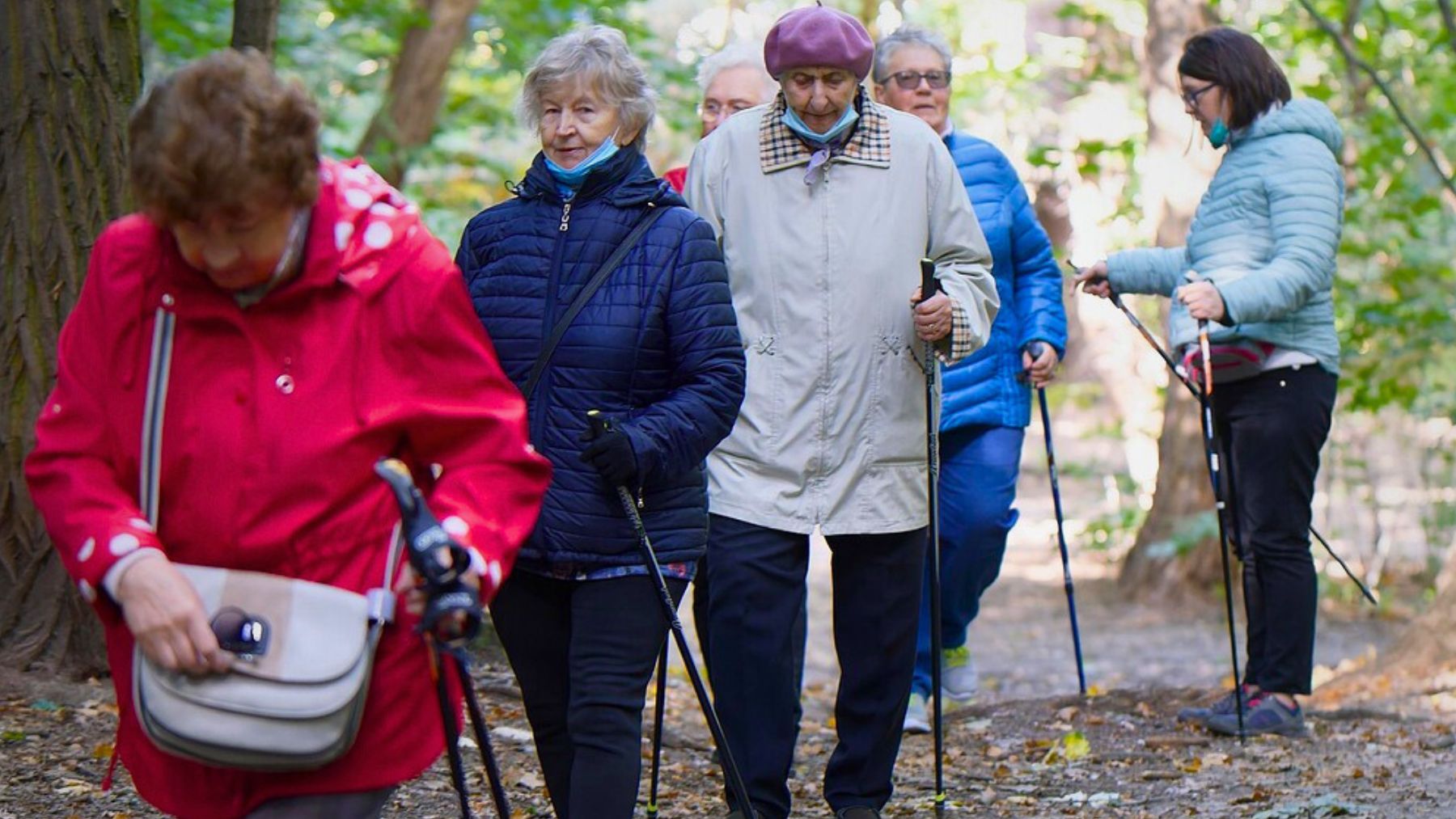As we age, our bodies require mindful care, and many retirees in the US are discovering how exercise can be the key to maintaining independence and enjoying daily activities. Research highlights that regular physical activity can reduce falls, increase energy levels, and enhance cognitive function.
It’s no surprise experts consistently emphasize the importance of a sustainable workout routine. But what type of exercise is best for this stage of life? Let’s explore an expert-recommended workout, along with other accessible options to keep you thriving in the golden years.
The best choice to keep fit for retirees
When it comes to workouts that deliver comprehensive health benefits, experts recommend strength training. This practice preserves muscle mass, strengthens bones, and simplifies daily tasks like lifting or climbing stairs. Simple routines using dumbbells, resistance bands, or bodyweight exercises can produce transformative results.
For example, seated bicep curls with light weights are joint-friendly and help you build the muscles you use for carrying groceries. Wall push-ups boost upper-body strength without straining wrists or shoulders, while ankle-weighted leg lifts improve stability to prevent falls.
If you’re a beginner, you can start slowly and increase intensity as your endurance grows. Many senior centers and gyms offer guided classes focused on safe resistance exercises to learn proper form and stay motivated with senior peers. Over time, you’ll notice sharper balance, renewed energy, and a greater sense of vitality.
Other workout options for retirees
While strength training is the top choice, it’s important to have variety in your routine. Consider also these activities:
- Chair yoga: It enhances flexibility and balance while easing muscle tension and it’s accessible for those with limited mobility or balance issues. The gentle stretches and poses help improve joint health and muscle strength. Besides, the meditative elements of chair yoga can significantly reduce stress and anxiety.
- Tai chi: Combining fluid movements with mindfulness, this ancient Chinese practice reduces stress and enhances coordination. It is often described as “meditation in motion” and is especially beneficial for older adults. Regular practice can also improve cognitive function and reduce the risk of falls.
- Cycling: As a low-impact cardio, it provides an excellent cardiovascular workout that strengthens the heart and lungs while being gentle on the joints. It improves leg strength, balance, and coordination, and it can be adjusted to match your fitness level.
- Pilates: This method emphasizes controlled movements and breath awareness, targeting the deep muscles of the abdomen, back, and pelvic floor. Pilates can improve flexibility, muscle tone, and body alignment, maintaining mobility and reducing the risk of injury.
- Swimming/Water aerobics: These use the resistance of water to build strength, while buoyancy protects the joints. Water activities are particularly beneficial for those with arthritis or joint pain and they can also enhance lung capacity and endurance.
- Walking: This low-impact exercise is easy to incorporate into daily routines and provides many health benefits, including improved cardiovascular fitness, stronger bones, and better mood regulation. Doing it regularly can help maintain a healthy weight and reduce the risk of chronic diseases.
Mixing these activities prevents boredom and targets different muscle groups. Always consult your doctor before starting a new regimen, and prioritize listening to your body’s cues over pushing limits.

